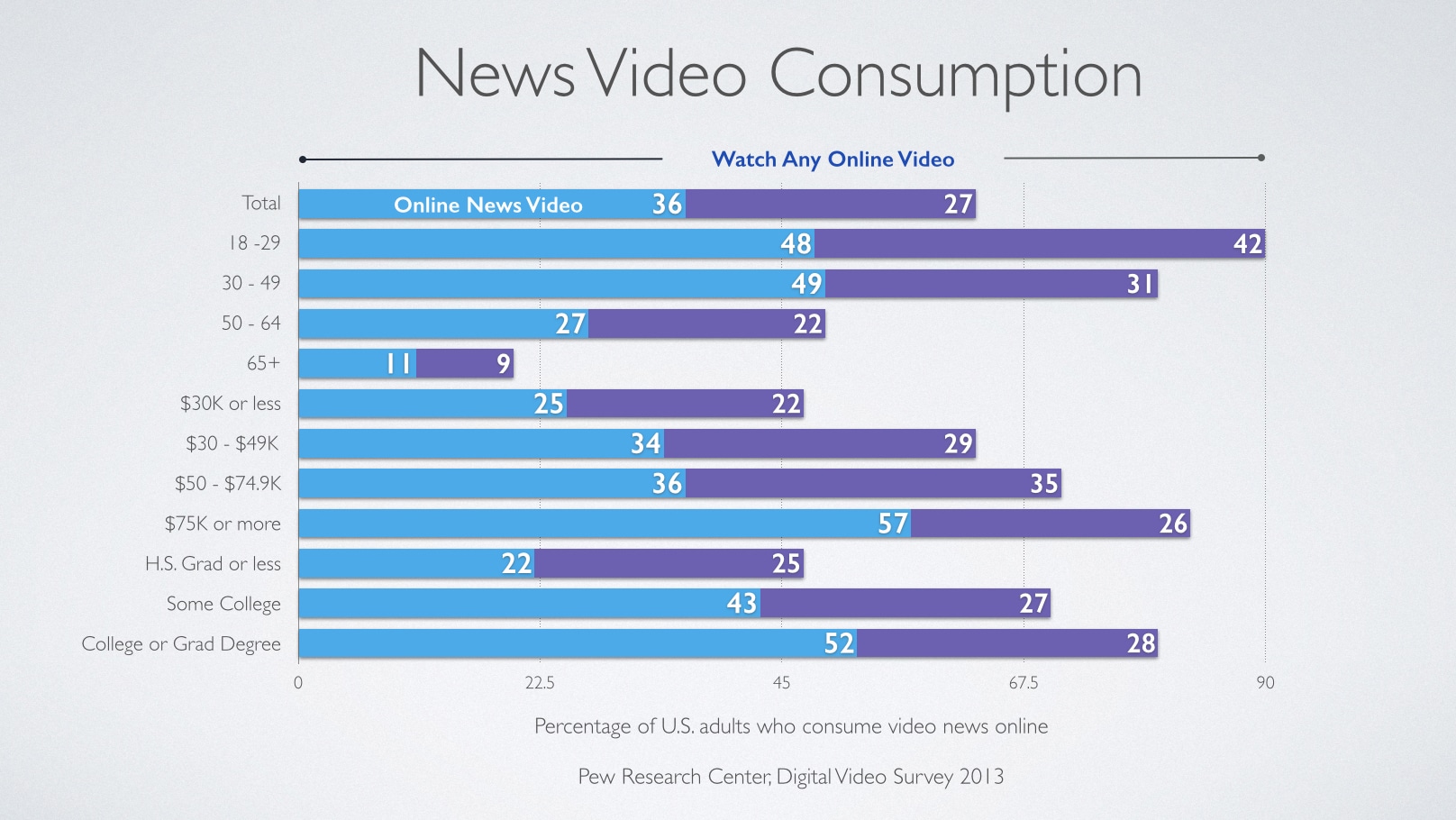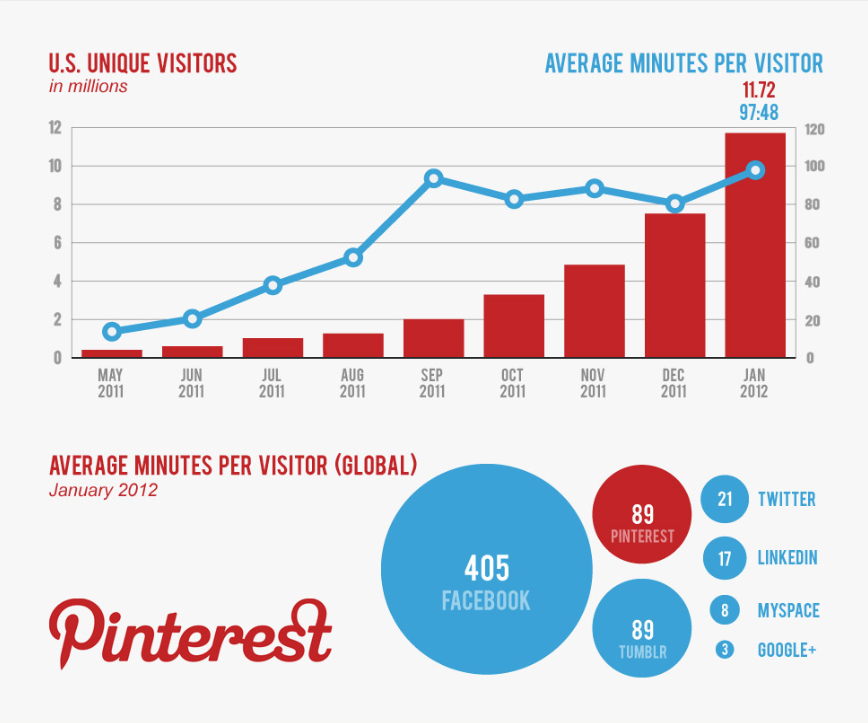How Americans Consume Media On and Off Line.
The following report outlines consumption habits for all traditional and digital media.
Americans consume media from several devices, sometimes using two or more devices simultaneously. Topics sought after range from weather and traffic, to sports and entertainment. Fifteen percent of Americans who follow traffic and weather get the news on their cell phones — nearly as many 12%, listen on the radio.
Our proximity to any device impacts how we get news, information and entertainment. Most media analysts agree that the smartphone will continue to be the device of choice for researching products and services.
On average Americans then spend about 32 minutes each day on time-shifted television, an hour browsing on a desktop, an hour and seven minutes on a smartphone and two hours, 46 minutes listening to the radio.
MEDIA CONSUMPTION REPORT
Television. Today, more than a third of Americans get their news from traditional television. On average, Americans watch five hours of TV per day. Children aged 2-11 watch over 24 hours of TV each week, while adults 35-49 watch more than 33 hours weekly. The time spent watching TV increases steadily as we get older. Adults over 65 watch more than seven hours of television each day (Nielsen, Cross Platform Report March 2014).

Radio. Adults age 40-59 listen to radio more than any other age group to get news. As we age people read significantly more of the printed word. Thirteen percent of 18-29 year old millennials cite social media as their preferred way to find news compared to 3 percent or less for all other age groups (Pew Research, 2014).
Digital Devices Trump Traditional Television for Several Topics:
-
-
-
-
- Science & Technology News — 46% vs. 22%
- Health & Medicine — 40% vs. 31%
- Social Issues (abortion, race, and gay rights) — 40% vs. 26%
- Lifestyle Topics (food, exercise, or parenting) — 36% vs. 24%
- Art & Culture — 36% vs. 20%
-
-
-
 Social Media Channels. About half of all social networking site users have shared a news story, images and or a video. And nearly as many have discussed a news story or event (Pew Research, 2013).
Social Media Channels. About half of all social networking site users have shared a news story, images and or a video. And nearly as many have discussed a news story or event (Pew Research, 2013).
-
-
- Two thirds of Americans use Facebook and half of those get the news there — that represents 30% of the U.S. population.
- A fifth of social media users get news from videos on YouTube, that’s about 10% of all Americans.
- About as many, 8% get breaking news from Twitter.
- Most people do not discuss important issues of the day on social networking platforms.
-

Mobile Device Usage. Americans are interested in a wide variety of topics, the device they turn to and the way they discover the news is influenced by age. The amount of time spent on mobile devices (smartphones / tablets) is now nearly 30 minutes a day. Mobile accounts for half the time spent using digital media (GO Globe, 2013). Media experts agree that mobile usage will continue to trend upwards.
The majority of the content shared is done on smartphones, most of the time on Facebook, on a Monday, with people they know, beaten only by email and text messaging.
A little more than half of online adults use multiple social media sites. People identify, share and are engaged by the celebrities in the entertainment industry. Education is important to millennials. Facebook is the prominent social platform. Users now overlap using Twitter, Instagram and LinkedIn.
-
-
-
- Facebook users primarily consume and share news stories from entertainment, people in their local communities and sports.
- Twitter is popular among adults under 50, who are college educated and live in urban cities.
- Millennials, Women, Hispanics and African Americans who live in urban or suburban markets love Instagram.
- Women and Millennials dominate Pinterest spanning all education and income levels.
- LinkedIn is used for researching businesses, networking and for finding jobs. Young college graduates and high income business professionals primarily use the platform.
-
-

Online Video. Last year Americans recorded record-numbers of videos from their smart phones, and some of their videos shaped breaking news. More than six in ten Americans watch videos (Pew Research).
-
-
- Nine in ten 18-29 year olds watch online videos, and about half watch online news videos.
- Adults 30-49 also watch video online as much as millennial’s.
- 50-64 year olds and older watch news videos 11% of the time online.
-
 Conclusion
Conclusion
Everything is going digital, traditional local TV news outlets are moving into streaming and uploading video. Over sixty percent of content is streamed online and most of that is being consumed by 18-29 year olds watching movies and TV shows on Netflix. Nearly ninety percent of people who binge-watch on Netflix watch on weekends and all summer long (Nielsen, 2013).
Viewers can now fast forward over commercials and choose not to view online ads at all. This makes marketing to consumers problematic at the very least. Experts provide no clear indication as to when everything will be streamed over the net.
Sources
Anderson, M., Caumont, A. (September 24, 2014). How Social Media is Reshaping News. Pew Research Center, Fact Tank.
Hinckley, D. (March 5, 2014). Average American Watches 5 Hours TV Per Day. New York Daily News.
McGuinness, R. (March 25, 2013). Facebook, Twitter or email: What do we share online, and why? Metro.
Olmstead, K., Mitchell, A., Holcomb, J., Vogt, N. (March 26, 2014). News Video on the Web, A Growing, If Uncertain, Part of News. Pew Research Center, Journalism & Media
Retrieved on 3/22/2015 from http:// www.americanpressinstitute .org/ publications/reports/survey-research/personal-news-cycle/.
Retrieved on 3/22/2015 from http:// www.americanpressinstitute .org/publications/ reports/survey-research/social-demographic-differences-news-habits-attitudes/









